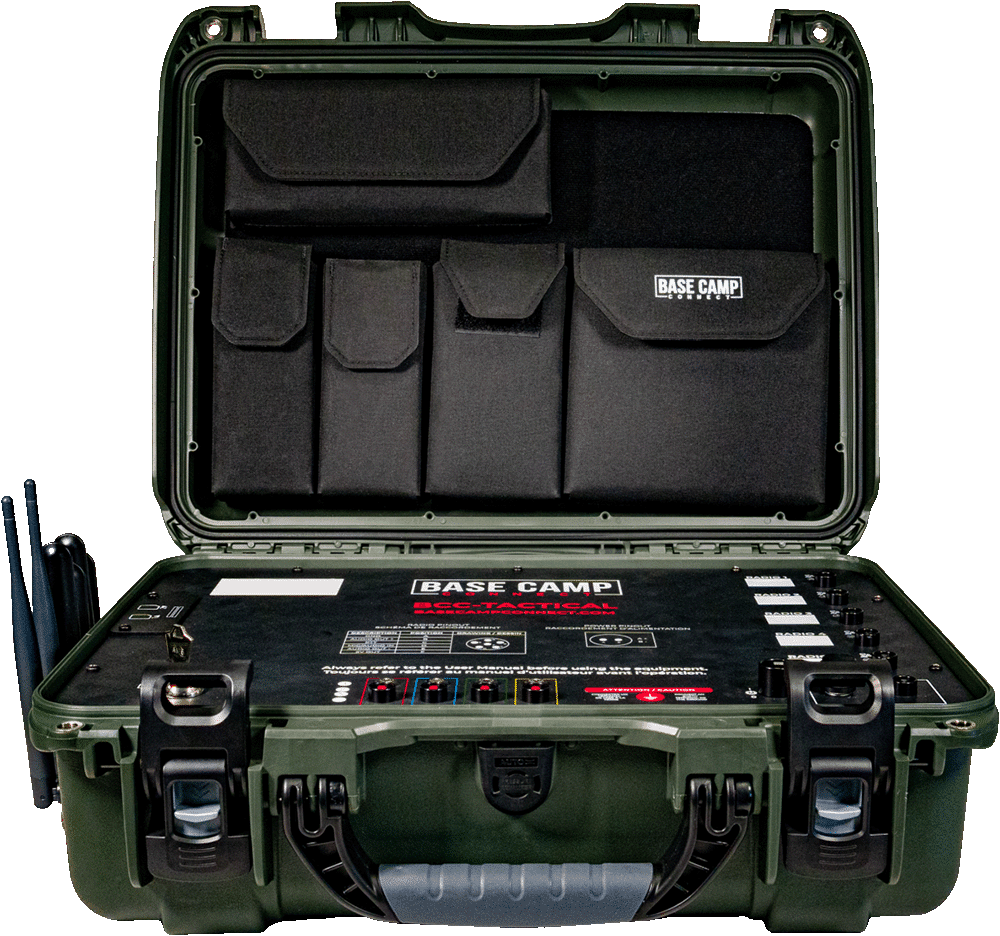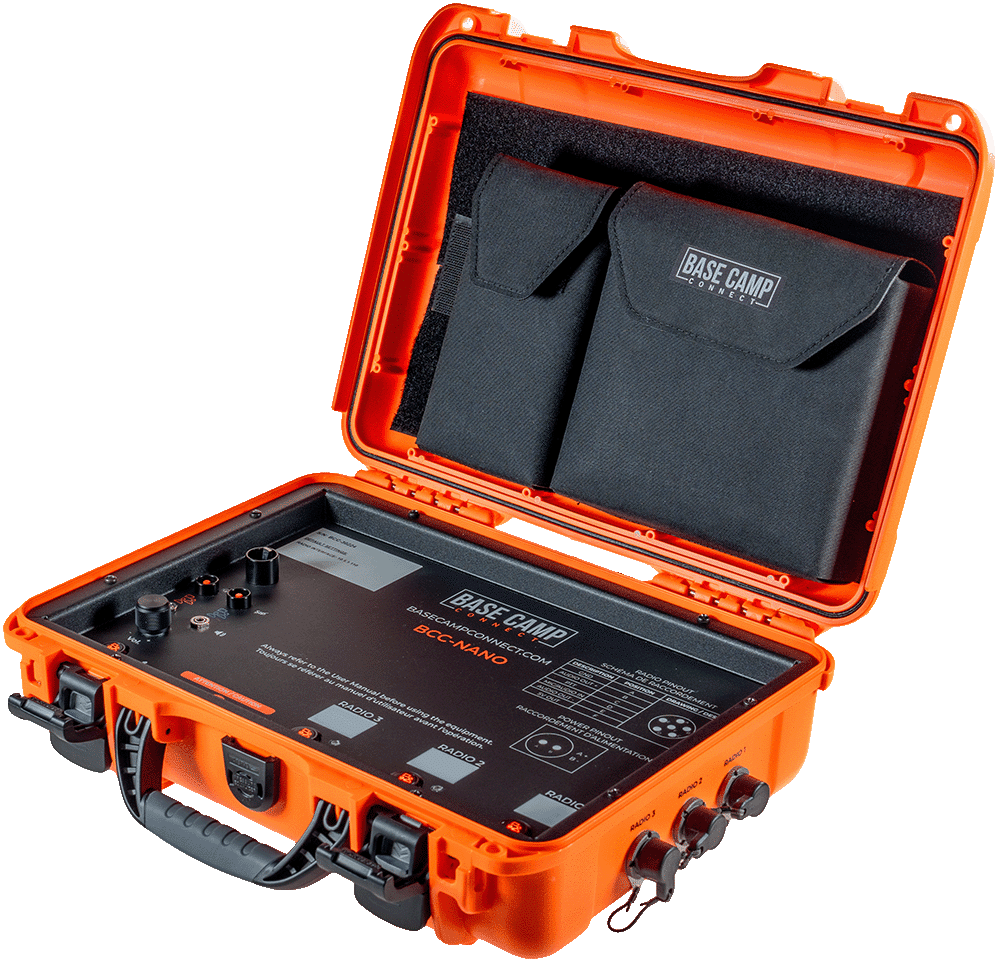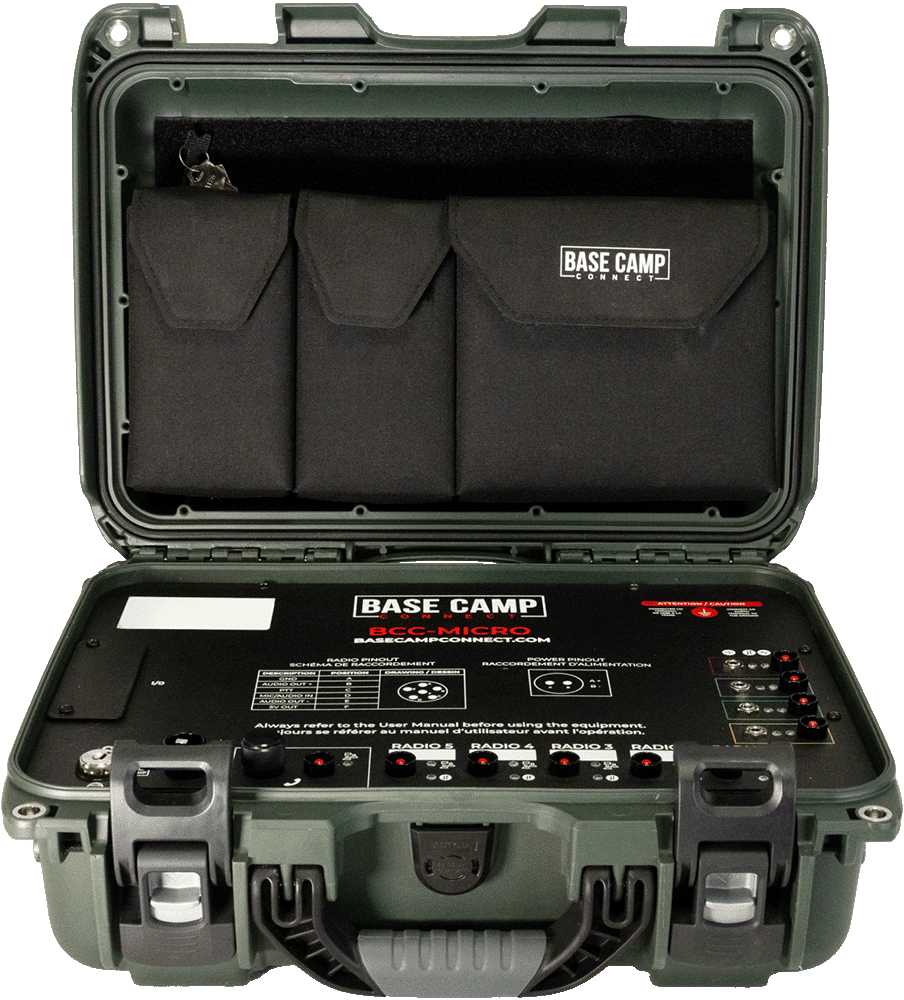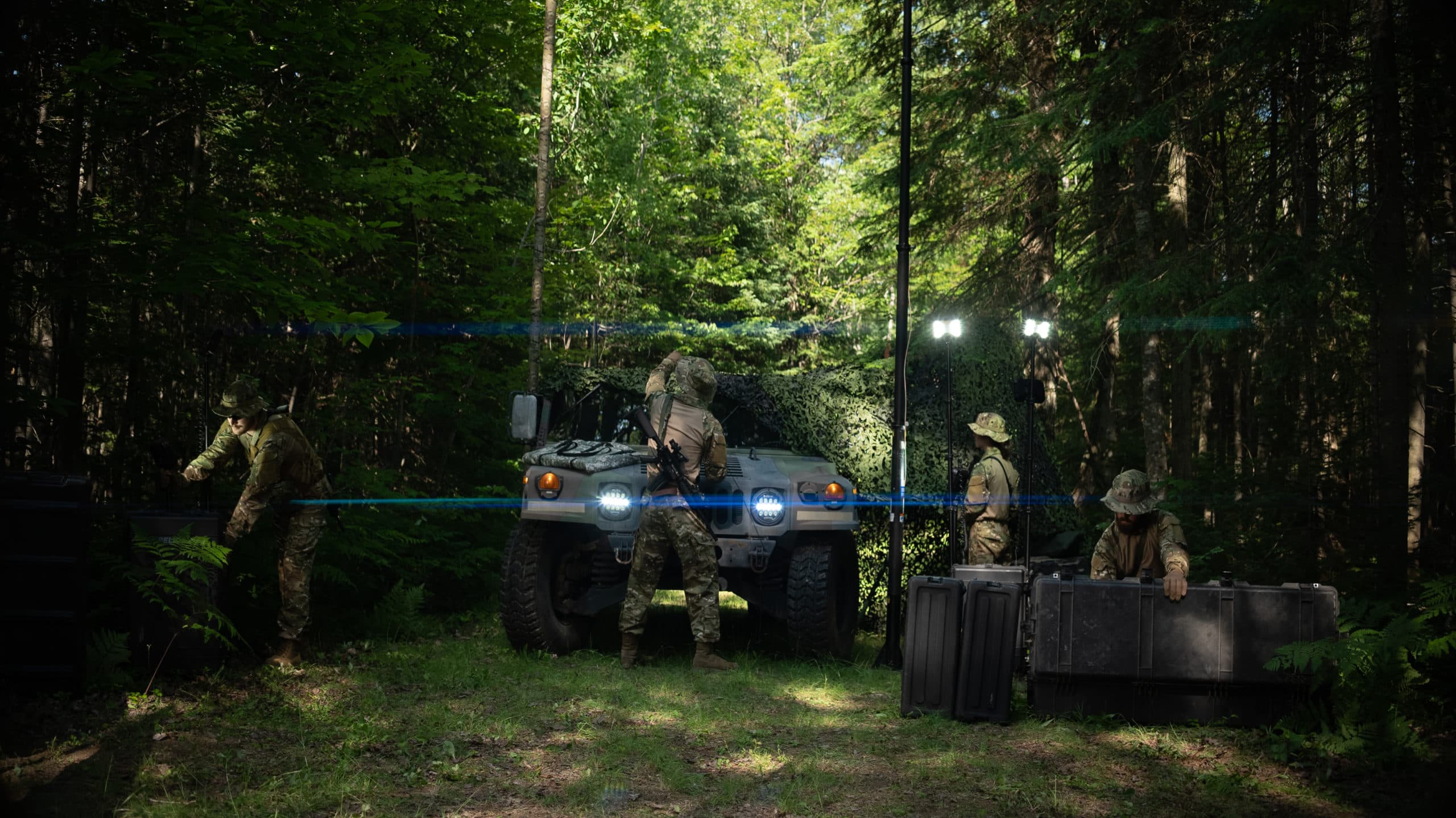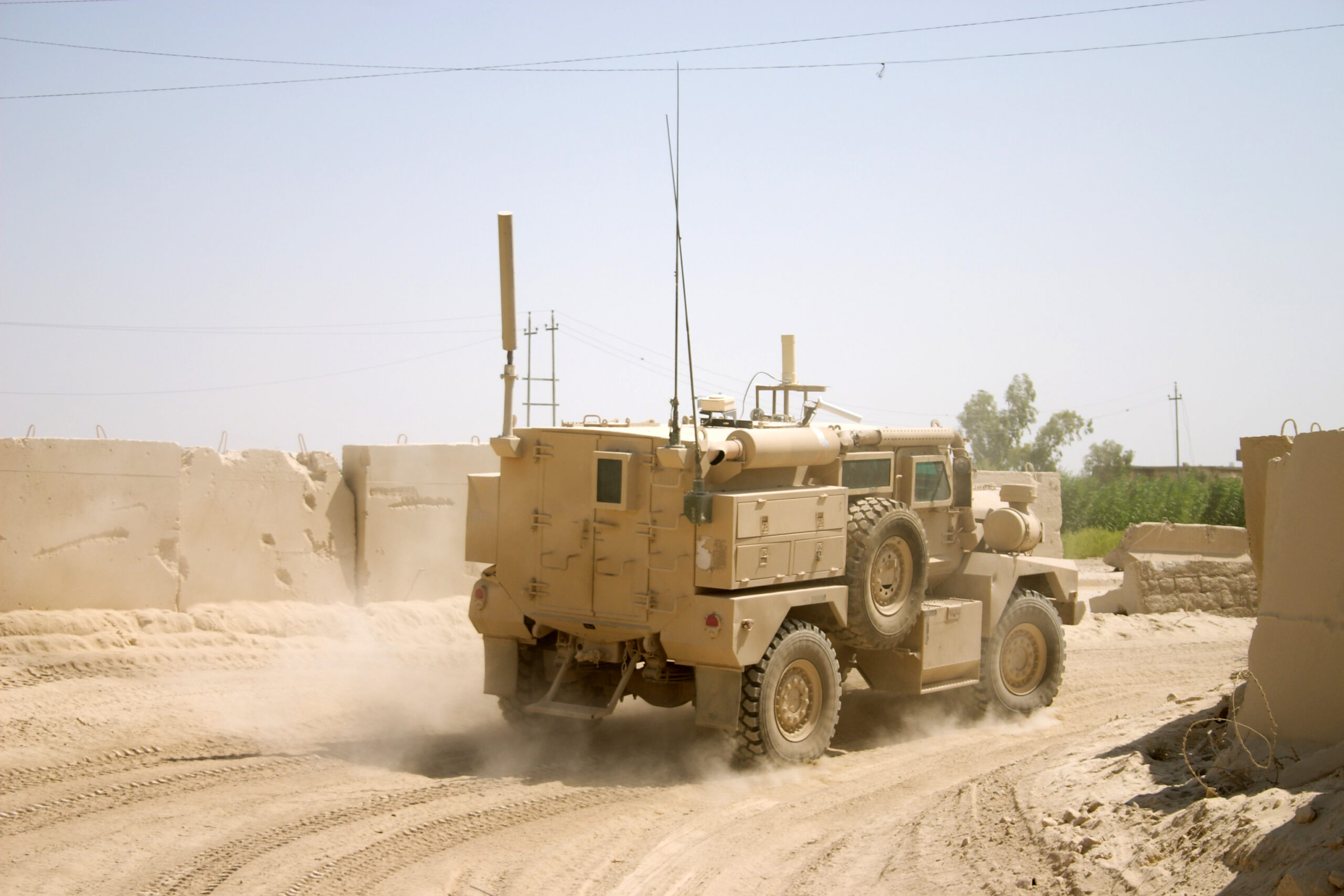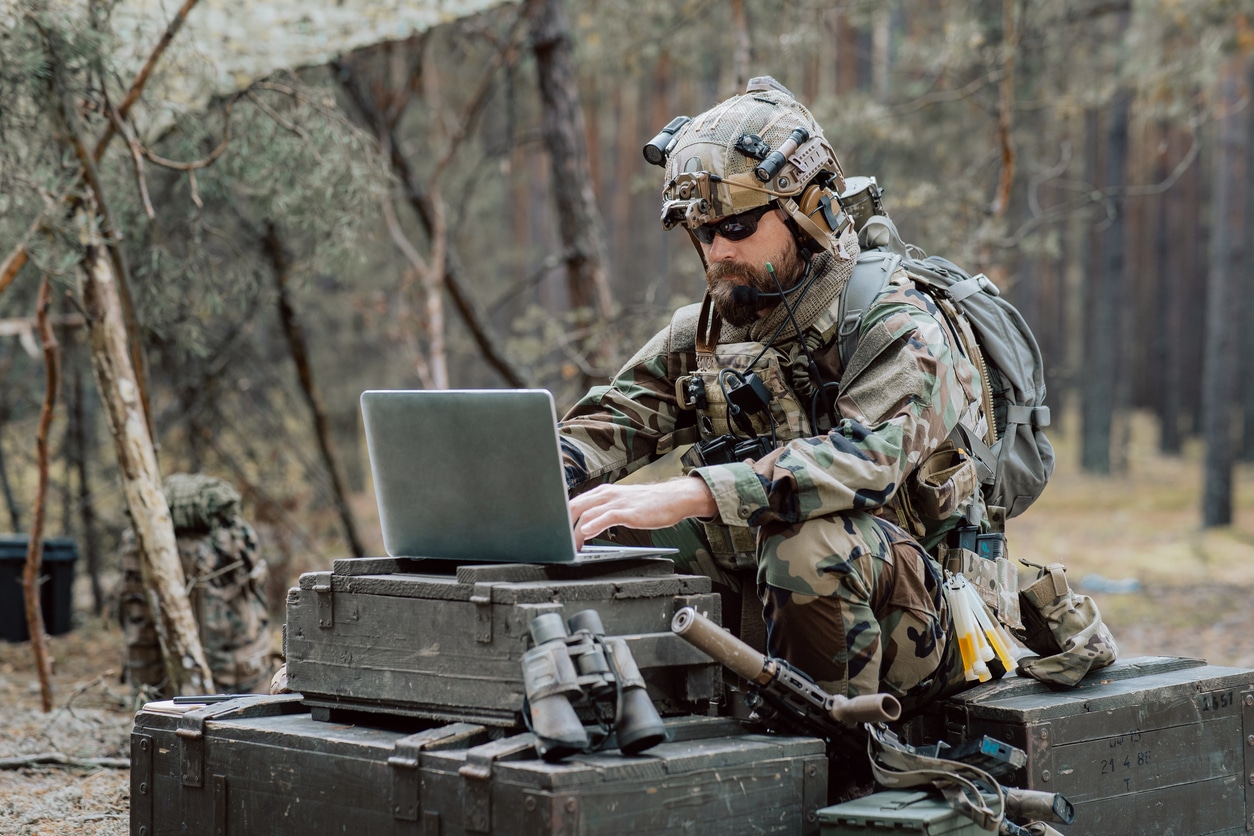Federated Mission Networking (FMN)
Anyone who has ever been in a combat environment knows the importance of having reliable communication networks. Modern military power is far more dependent on communications than ever before. In addition to a greater reliance on technology, conflicts are rarely limited to just two opposing forces. They are almost always multinational in nature. This means the concept of interoperability is critically important in modern warfare.
As a former Major in the United States Marine Corps, I spent several years deployed on numerous combat tours in Iraq and Afghanistan. During my time in theater, I worked with military professionals from dozens of nations. One of the biggest frustrations was getting our communications equipment and procedures to work together. As each nation had its own equipment and Standard Operating Procedures (SOPs), processing information in a timely manner was challenging, especially in the first few years of the conflicts.
Often, the best workaround was to station our own military liaison officers at multinational commands, allowing us to relay messages to them, and they could then communicate with the multinational forces we were trying to reach. As one can imagine, this is not the ideal method, especially in the fast-moving environment of combat. There had to be a better way. The solution is Federated Mission Networking (FMN).
In order to appreciate FMN, an understanding of its formation is important. In this article, we’ll discuss the following.
- What is FMN?
- AMN: The foundation of FMN
- Transition from AMN to FMN
- Key Components of FMN
This historical context will pave the way for an appreciation of FMN. It will also help you and your organization have a better foundation for working within this revolutionary communications environment.
What is FMN?
FMN is a NATO initiative designed to facilitate seamless communications between coalition military forces. FMN focuses on fostering interoperability between partner nations, allowing allied forces to share information and coordinate their efforts on the battlefield. During the conflict in Afghanistan, a lack of compatible communication systems and differences in the SOPs of NATO forces caused friction and hindered operational effectiveness. NATO’s official definition is as follows.
Federated Mission Networking is a capability aiming to support command and control and decision-making in future operations through improved information-sharing. It provides the agility, flexibility and scalability needed to manage the emerging requirements of any mission environment in future NATO operations. Federated Mission Networking is based on principles that include cost effectiveness and maximum reuse of existing standards and capabilities.
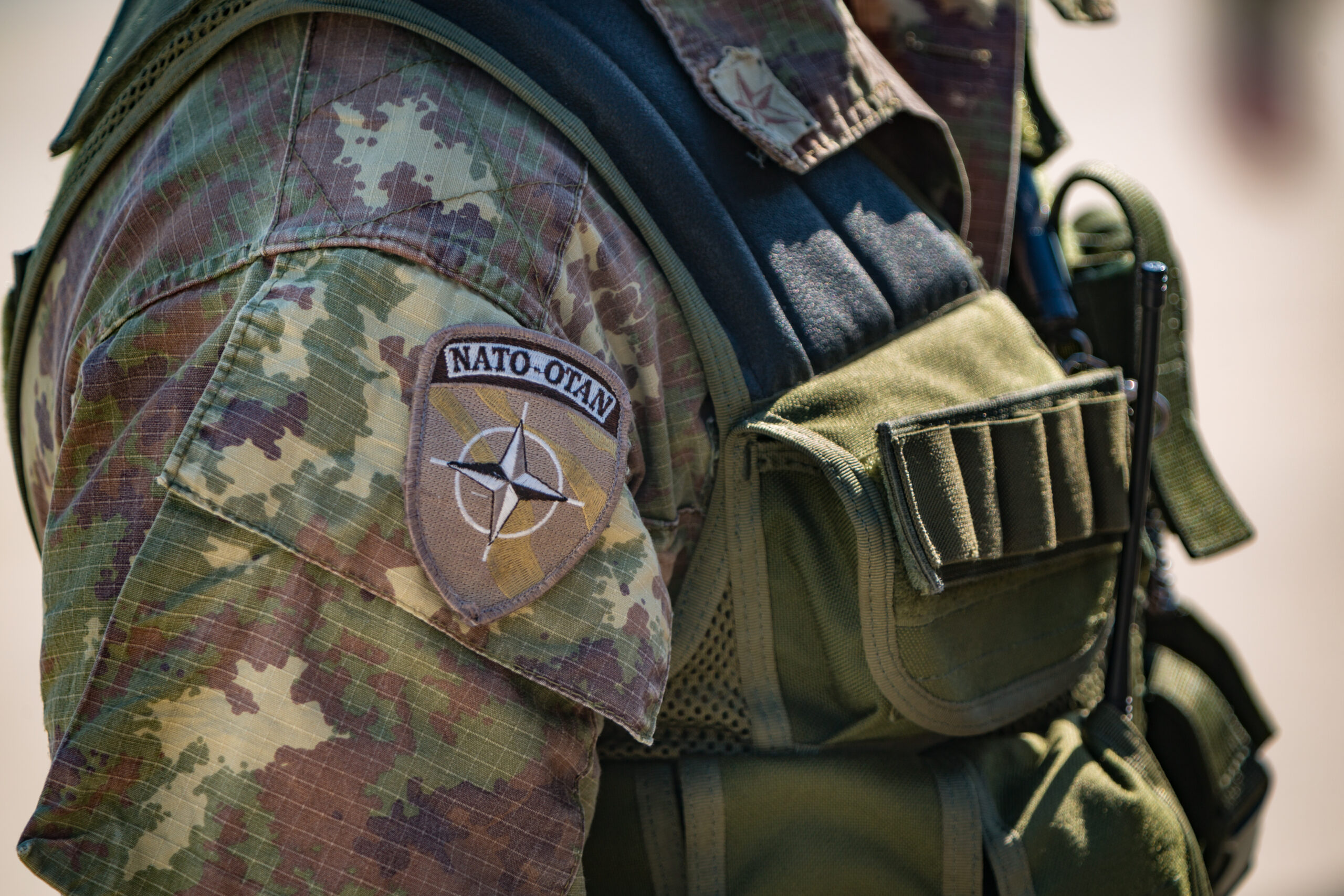
AMN: The Foundation of FMN
In the early 2000s, following the terrorist attacks on 9/11, NATO and coalition forces deployed to Afghanistan. Initially, NATO led the International Security Assistance Force (ISAF) to provide security around Kabul, enabling the Afghan national security forces to gradually assume responsibility for their own security without external assistance. By 2003, at the request of the Afghan government, NATO agreed to command ISAF and eventually expanded operations to the entire country. At its height, ISAF totaled over 130,000 troops, with military personnel coming from 50 NATO and partner countries.
Each nation came with its own communications capabilities, making it very difficult to share intelligence securely, coordinate the movement of forces, and execute joint missions. Commanders quickly realized the need for a unified approach to communications.
In January 2010, NATO established the Afghanistan Mission Network (AMN). AMN was designed to unify the communication systems each country brought to the coalition and integrate them into a single network. The goal was to make the sharing of intelligence, situational awareness, and mission orders easy and seamless in real time.
Once established, AMN enabled NATO forces to exchange secure emails, communicate via instant messaging, and develop a Common Operational Picture (COP). Once active, commanders could visualize the entire battlefield across the country, which led to more informed decision-making. While AMN significantly improved the coordination of operations in Afghanistan, it wasn’t without its limitations. As a system designed specifically for the conflict in the Afghan theater of operations, it would not be easily applied to other conflicts. Additionally, as new technology was introduced into the conflict, AMN struggled to evolve with it. It was a good initial step, but it was only the beginning.
Transition from AMN to FMN
During the conflict, AMN had many successes. The limitations seen in its design helped lay the foundation for NATO’s current solution, FMN. Using the lessons learned from the AMN, NATO knew it needed to design a new system that was secure, robust, and flexible. Ideally, the system would work well with numerous countries participating across multiple missions and areas of operations as opposed to being restricted to a single theater.
In 2012, NATO formally began work on the FMN. Unlike AMN, which was in many ways considered to be an ad hoc solution, FMN would be a permanent framework to apply to all future conflicts. It is a flexible approach focusing on the interoperability of coalition communication systems.
An FMN Implementation Plan was approved by NATO in 2015. The plan consisted of a phased rollout, with each step adding new technologies while also implementing the lessons learned in previous phases. The benefits of FMN include improved interoperability, faster setup, lower cost through the pooling of resources, and greater situational awareness.
Key Components of FMN
There are three key components of FMN. These include governance, framework, and mission networks.
FMN Governance is designed to support a structured framework while still allowing individual nations to exercise some variation. The framework sets objectives, policies, and technical standards. Room is left within this structure so as not to place undue pressure on any nation. For example, FMN supports policies that make it easier for information to be shared but doesn’t require member nations to all purchase the same communications equipment, a move that might prove too costly for some countries.
Next is the framework. The goal of the framework was to address many of the barriers that slowed the flow of information. While equipment has historically contributed to this problem, many would argue that SOPs have had a greater impact. The FMN framework consists of working groups that maintain federated requirements, roadmaps, specifications, standards, architectures, templates, and baselines. Combined, these measures have allowed coalition forces to quickly establish interoperability between communication networks, even in challenging environments.
Finally, as a part of the FMN concept, individual mission networks are established to support specific operations. Using the guidelines and templates outlined in the FMN framework, NATO forces tailor the network design to the specific mission they are working on, without sacrificing interoperability. Combined, these three elements achieve a better communications network than has ever been seen before in multinational military operations.
FMN has proven itself over numerous NATO exercises and operations to be a game changer in achieving interoperability across diverse communication systems. Starting with the creation of the AMN, FMN has provided the structure and practices needed to operate effectively in modern warfare.
Wars are fought in challenging environments. Militaries need equipment designed to operate in even the harshest of regions. Along with that equipment, soldiers need a network that allows for the seamless transmission of information in real time, and that is what FMN is all about. In its short history, FMN has already made massive improvements in the way NATO forces operate and will continue to make multinational fighting forces more effective.

